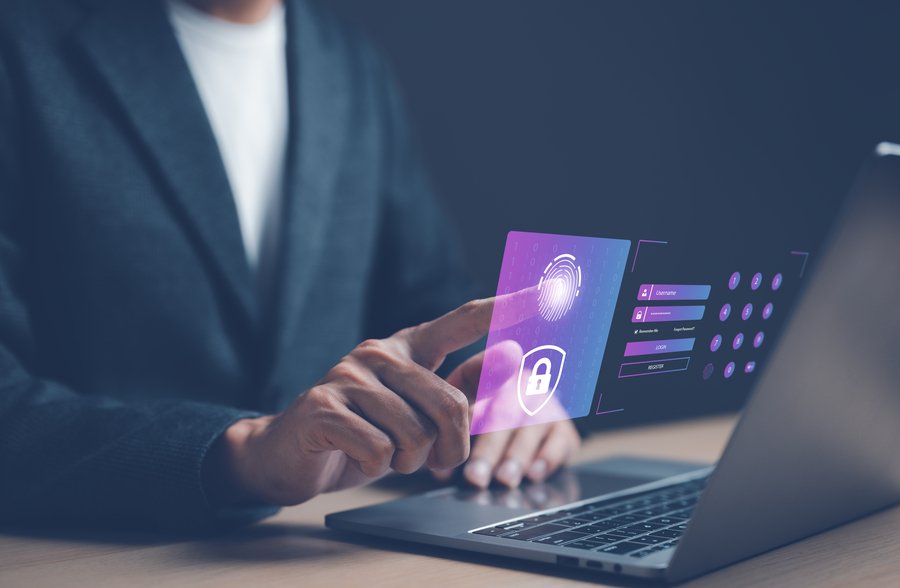Multi-Factor Authentication: A Simple Step for Stronger Security
Multi-factor authentication (MFA) is a simple yet powerful way to enhance cybersecurity. MFA requires users to provide multiple pieces of evidence to verify their identity, typically combining something they know (a password), something they have (a phone or token), and something they are (fingerprint or face recognition). This extra layer of security makes it significantly harder for cybercriminals to gain unauthorized access to systems.
Traditional passwords are often vulnerable to hacking through methods such as brute force attacks or phishing schemes. By requiring a second form of verification, MFA minimizes the risk posed by stolen or weak passwords. Even if a hacker obtains a user’s password, they would still need access to the additional authentication factor, making it difficult to breach systems.
MFA is becoming increasingly common in both personal and professional settings. Many major platforms, including banks, social media, and corporate applications, offer MFA to ensure better security. As cyber threats evolve, integrating multi-factor authentication into everyday security practices is a vital step toward protecting sensitive data and minimizing the chances of a security breach.




0